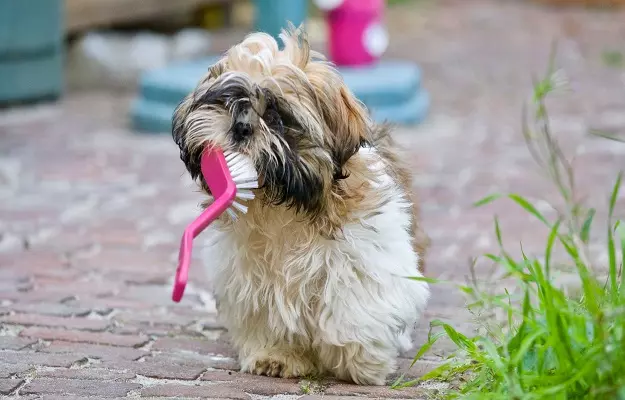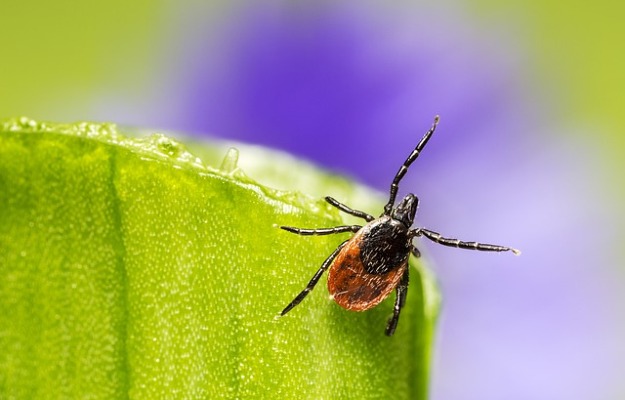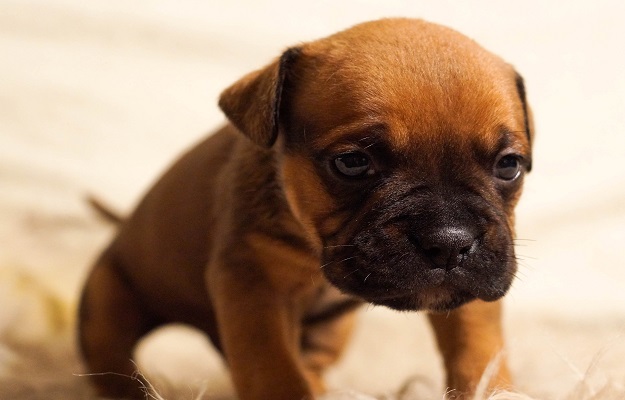Bathing, cleaning and grooming your dog is very important, and not just for the sake of appearances. Every dog owner should understand that grooming your dog is necessary to maintain hygiene and physical health.
What poses a challenge for most dog owners is teaching their beloved pup to endure the grooming process. You could definitely send your dog to a pet parlour, where trained experts will clean up your dog and send him or her home with a shiny coat of fur, clean ears and bright eyes.
But pet parlours and professional dog groomers can be quite expensive, and not every pet owner can afford them. This is the reason why all dog owners should know grooming basics so that you can take care of your best friend’s health.
While what is required and how often might differ from breed to breed, there are a number of vital areas that need to be attended to, no matter your dog’s breed, size, gender or age. Of course, training your dog to endure grooming should be started while he or she is still a puppy, but even if you start late, the following tips will help you out.
(Also read: Fracture in dogs: Signs, causes, types, diagnosis)








































